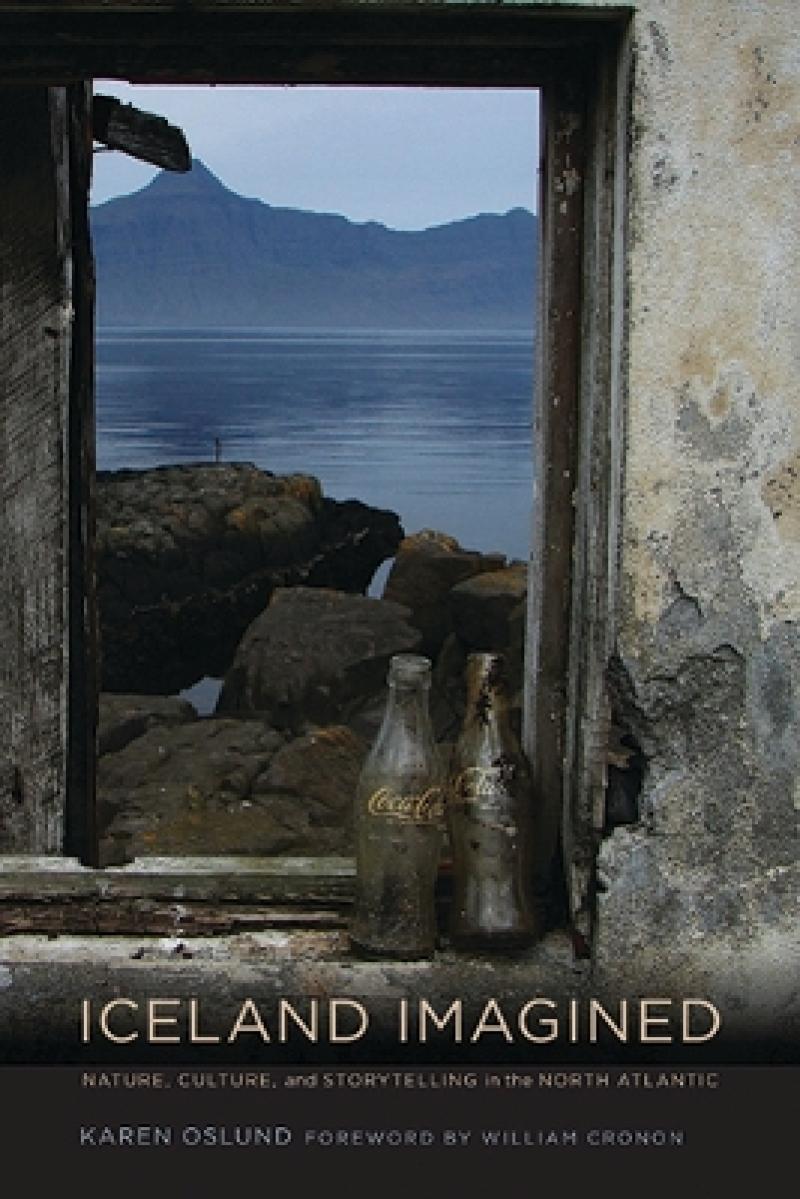<p>". . . compelling and richly detailed . . ."</p> - Kai Heidemann (H-SAE) <p>"Oslund's comprehensive critical analysis of the narratives and counter-narratives of the gradual evolution of Iceland and the North Atlantic's perceived exoticism into a regulated, normalized part of 'our' world is a valuable contribution to the fields of environmental, cultural and linguistic history, and to Scandinavian scholarship in general."</p> - John D. Shafer (European History Quarterly) <p>"The narrative moves swiftly and elegantly over unusual grounds. . . . The final chapter discusses two present-day controversies . . . Oslund argues convincingly that in both these controversies stories that travelers had written in the 18th and 19th centuries . . . were retold. In doing so she also demonstrates the present day relevance of studying how Iceland has been imagined in the past."</p> - Arne Kaijser (Technology and Culture) <p>"The book is well written and detailed. . . . The outcome is a mental journey in the vast and varying region of the North Atlantic, which brings forward surprisingly many details, even for someone raised and living in Iceland."</p> - Helga Ogmundardottir (H-Environment) <p>"One should read this book for its history of ideas and perceptions and its grasp of the tensions that exist and have existed at cultural frontiers . . ."</p> - Russell Fielding (Geographical Review) <p>"The book is sure to be of interest to those studying Iceland and the North Atlantic's culture and environmental history and those interested in the European understanding of that region. Summing Up: Recommended."</p> (Choice)
Iceland, Greenland, Northern Norway, and the Faroe Islands lie on the edges of Western Europe, in an area long portrayed by travelers as remote and exotic - its nature harsh, its people reclusive. Since the middle of the eighteenth century, however, this marginalized region has gradually become part of modern Europe, a transformation that is narrated in Karen Oslund's Iceland Imagined.
This cultural and environmental history sweeps across the dramatic North Atlantic landscape, exploring its unusual geography, saga narratives, language, culture, and politics, and analyzing its emergence as a distinctive and symbolic part of Europe. The earliest visions of a wild frontier, filled with dangerous and unpredictable inhabitants, eventually gave way to images of beautiful, well-managed lands, inhabited by simple but virtuous people living close to nature.
This transformation was accomplished by state-sponsored natural histories of Iceland which explained that the monsters described in medieval and Renaissance travel accounts did not really exist, and by artists who painted the Icelandic landscapes to reflect their fertile and regulated qualities. Literary scholars and linguists who came to Iceland and Greenland in the nineteenth century related the stories and the languages of the "wild North" to those of their home countries.
Maps
Foreword by William Cronon
Acknowledgements
Introduction. Imagining Iceland: Narrating the North
1. Icelandic Landscapes: Natural Histories and National Histories
2. Nordic by Nature: Classifying and Controlling Flora and Fauna in Iceland
3. Mastering the World's Edges: Technology, Tools, and Material Culture in the North Atlantic
4. Translating and Converting: Language and Religion in Greenland
5. Reading Backward: Language and the Sagas in the Faroe Islands
Epilogue. Whales and Men: Contested Scientific Ethics and Cultural Politics in the North Atlantic
Notes
Bibliography
Index
Produktdetaljer
Biografisk notat
Karen Oslund is assistant professor of world history at Towson University in Maryland.
